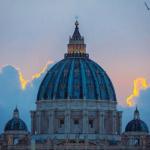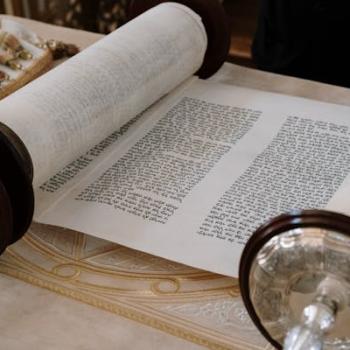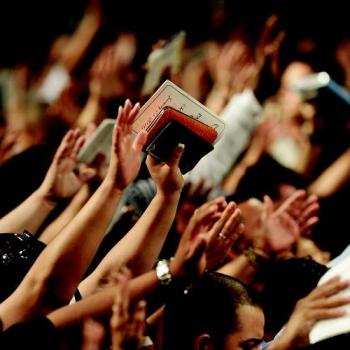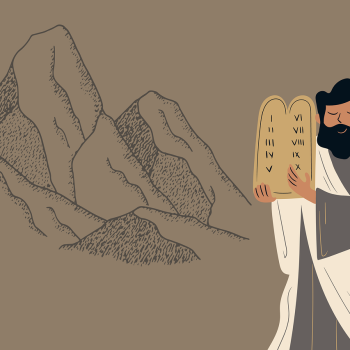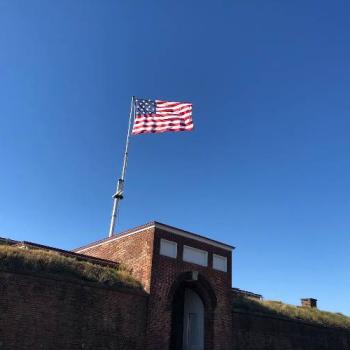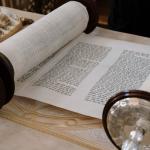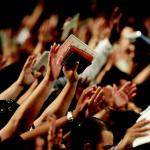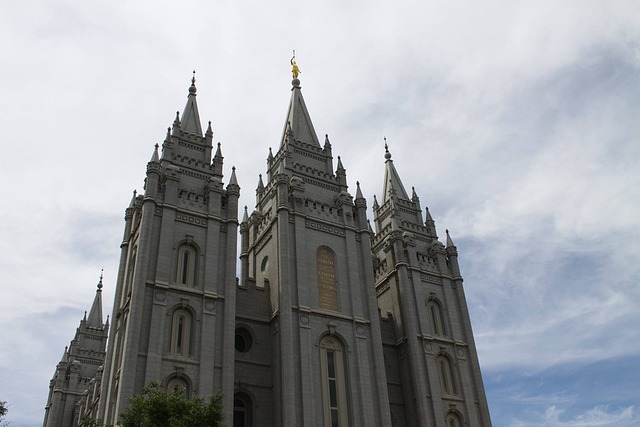
THE RELIGION GUY’S ANSWER:
History was made this month when The Church of Jesus Christ of Latter-day Saints (“LDS”) paid a rival denomination $192.5 million to purchase the faith’s first temple in Kirtland, Ohio, along with other properties and sacred manuscripts. The buyer and seller are the two largest among 68 branches that have emerged from U.S. Prophet Joseph Smith, Jr.’s latter-day revelations between 1830 and 1844.
The Utah-based LDS church (which rejected its familiar “Mormon” nickname in 2018) is huge and wealthy. The seller was the much smaller, Missouri-based “Community of Christ” (which dropped its “Reorganized Church of Jesus Christ of Latter Day Saints” name in 2001) owned the temple the past 144 years but needs the money. Both denominations revere the temple, though it operated only two years before Saints began leaving Kirtland amid bank fraud charges against leaders.
The 68 number relative to memberships very likely exceeds that for any other U.S. religious heritage. The count comes from the invaluable “Encyclopedia of American Religions” by Baylor University expert J. Gordon Melton. The little churchlets range from the polygamous Apostolic United Brethren to the communal Zion’s Order, often with confusingly similar names. Many are now defunct.
Why so many?
Why this big number? Melton writes that Smith “built into the system a ready-made impetus to schism” because his example of proclaiming modern divine revelations “continually excited would-be prophets into action.” Melton divides the “Latter-day Saints Family” into four categories: Utah Mormons, Missouri Mormons, the “fundamentalist” sects that perpetuate Smith’s polygamy teaching the major LDS church suspended in 1890, and assorted others.
The especially intriguing “Church of Christ” claims to uniquely preserve God’s original 1830 restoration led by 12 apostles before Smith consolidated one-man rule. This tiny group owns the exact “Temple Lot” in Independence, Missouri, that Smith dedicated in 1831 for the future building where Jesus Christ would reign upon his Second Coming. Across the corner stands the Community of Christ’s Temple, dedicated in 1994.
LDS splits also originated because Smith never publicly proclaimed an agreed successor. The founder was only 39 when he was assassinated in 1844, jailed because as the theocratic mayor of Nauvoo, Illinois, he ordered destruction of a dissident newspaper’s press. Research by the late LDS historian D. Michael Quinn (later excommunicated) found that Smith privately designated at least six successors.
Six designated successors
Oliver Cowdery was an official LDS Witness (granted a vision of the vanished plates from which Smith translated the Book of Mormon), the first recipient of restored priesthood, and church vice president. He’s named in 50 Smith revelations collected in LDS scriptures. But he was excommunicated in 1838 after accusing Smith of adultery. In 1848, Cowdery renounced his succession claim.
David Whitmer, another plates Witness, was also excommunicated in 1938. He then founded his own schismatic “Church of Christ” in 1847 with support from all other Witnesses, but the movement collapsed.
Hyrum Smith, the prophet’s brother, had a strong claim as the church Patriarch (an office eliminated in 1979), but was assassinated alongside Joseph. Samuel Smith, another brother and thus next in line as Patriarch, died only weeks after Joseph and Hyrum. The apparent cause was fever from hard horse-riding during the assassination rioting, but rumors blamed poisoning by rivals.
The founder formalized oldest son Joseph III’s patrilineal claim at age six. By 1860 he was the founding head of the rival Reorganized Church with its many Smith family members. Joseph III and his widowed mother Emma denied the prophet ever taught polygamy (a Reorganized Church tenet its historians have refuted since 1986).
A sixth claimant was David Hyrum Smith, the founder’s only publicly acknowledged child from marriage with Emma ritually “sealed for time and eternity.” David spurned offers of high Utah rank if he would endorse polygamy, became a Reorganized Church official, and spent his last 27 years in an insane asylum.
Then seven more
Seven other acolytes made succession bids of varying veracity.
Sidney Rigdon was the church’s only First Presidency member upon Smith’s assassination because anti-polygamist William Law was excommunicated, and Smith chose him as running mate with his 1844 “Reform Party” run for U.S. president. Yet Rigdon was alienated from the prophet over polygamy, lost the election to be successor, was excommunicated, and led two breakaways while a disciple founded the Bickertonite branch.
William Smith, yet another brother of the prophet, was a member of the Quorum of the Twelve Apostles and Patriarch after Hyrum and Samuel died. But he was unstable, excommunicated, joined two schisms, founded his own sect, then joined the Reorganized Church.
William Marks had been president of the High Council that administered Nauvoo under Smith, joined three schisms in turn, then became a Reorganized Church leader.
Lyman Wight was an Apostle and a leader in the Council of Fifty, the secretive political body Smith established in 1844. He thought William Smith should reign as regent until Joseph III was old enough to take command, was excommunicated, and went with the Reorganized Church.
Alphonse Cutler, another Council of Fifty member, originally backed Marks, then claimed the prophet privately named himself as successor and created the Cutlerite denomination in 1853.
James Strang, a charismatic recent convert, likewise claimed Smith’s private designation as successor. His schism attracted Marks, William Smith, other Smith relatives and LDS notables. Strang later claimed to unearth a second set of scriptural plates, was crowned a king, and murdered in 1856 though Strangites lived on.
Then came Brigham
Finally, number 13. Brigham Young, president of the Quorum of the Twelve, beat Rigdon in the membership’s ballot after Smith died. After a collective regime, Young was finally proclaimed president in 1847 after outstanding leadership of the pioneer trek from Nauvoo to found Salt Lake City. In 1872, he adopted Smith’s other titles of “Prophet, Seer, and Revelator.”
The Reorganized Church believed Smith’s family line must produce the leaders and spurned Brigham Young. There’s a close parallel in Islam. The founding Prophet Muhammad died in 632, also without clearly designating his successor. The Shia party believed the next leader had to come from the prophet’s family while Sunnis favored consensus on the most capable insider. The resulting split, oft-troublesome, has persisted through Muslim history to the present day.
Disclosure: The Religion Guy is the co-author of “Mormon America: The Power and the Promise” (HarperOne, 1999, revised edition 2007).



